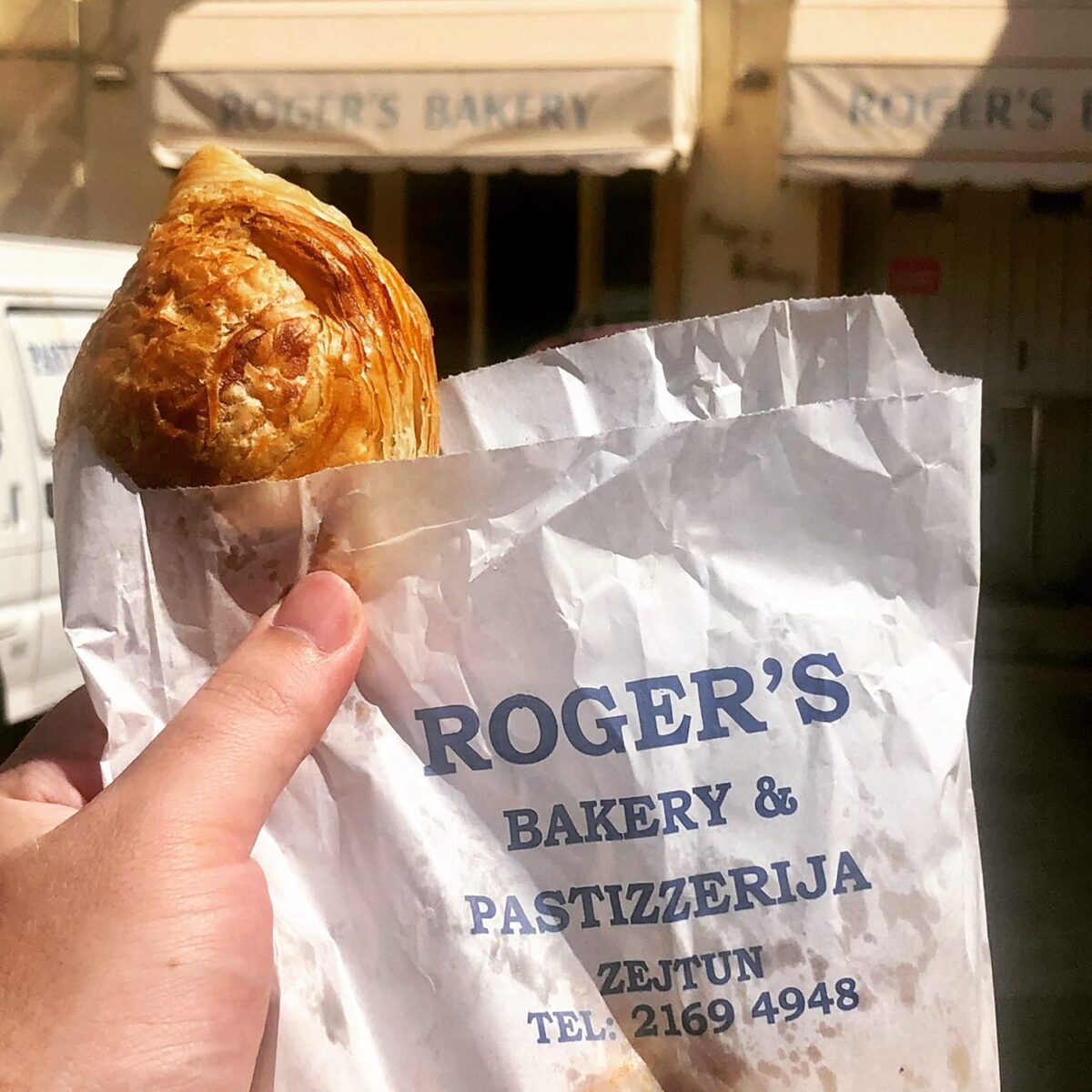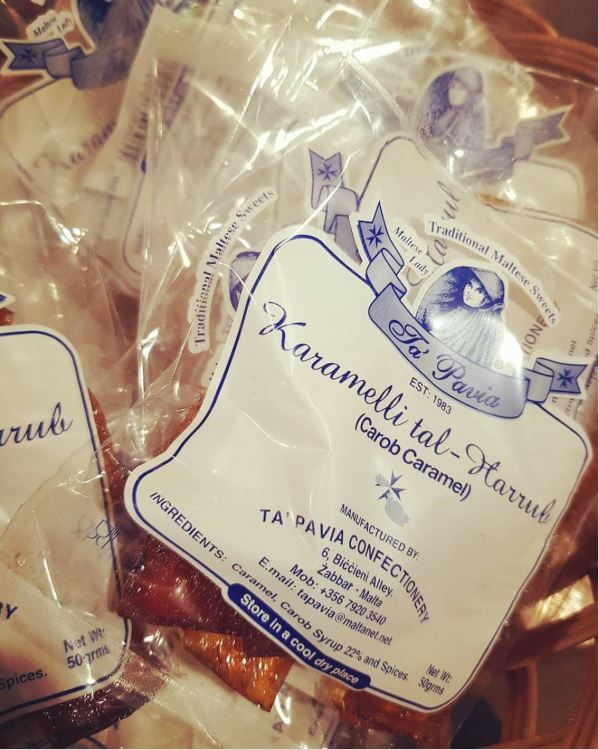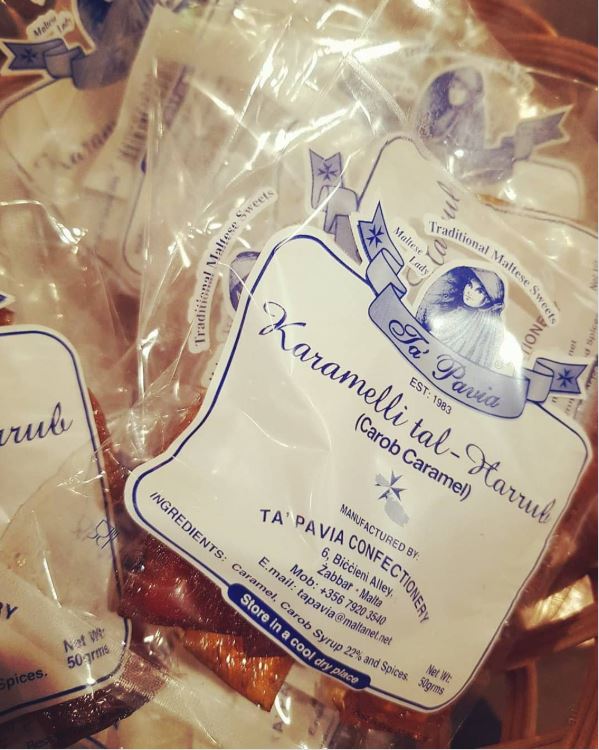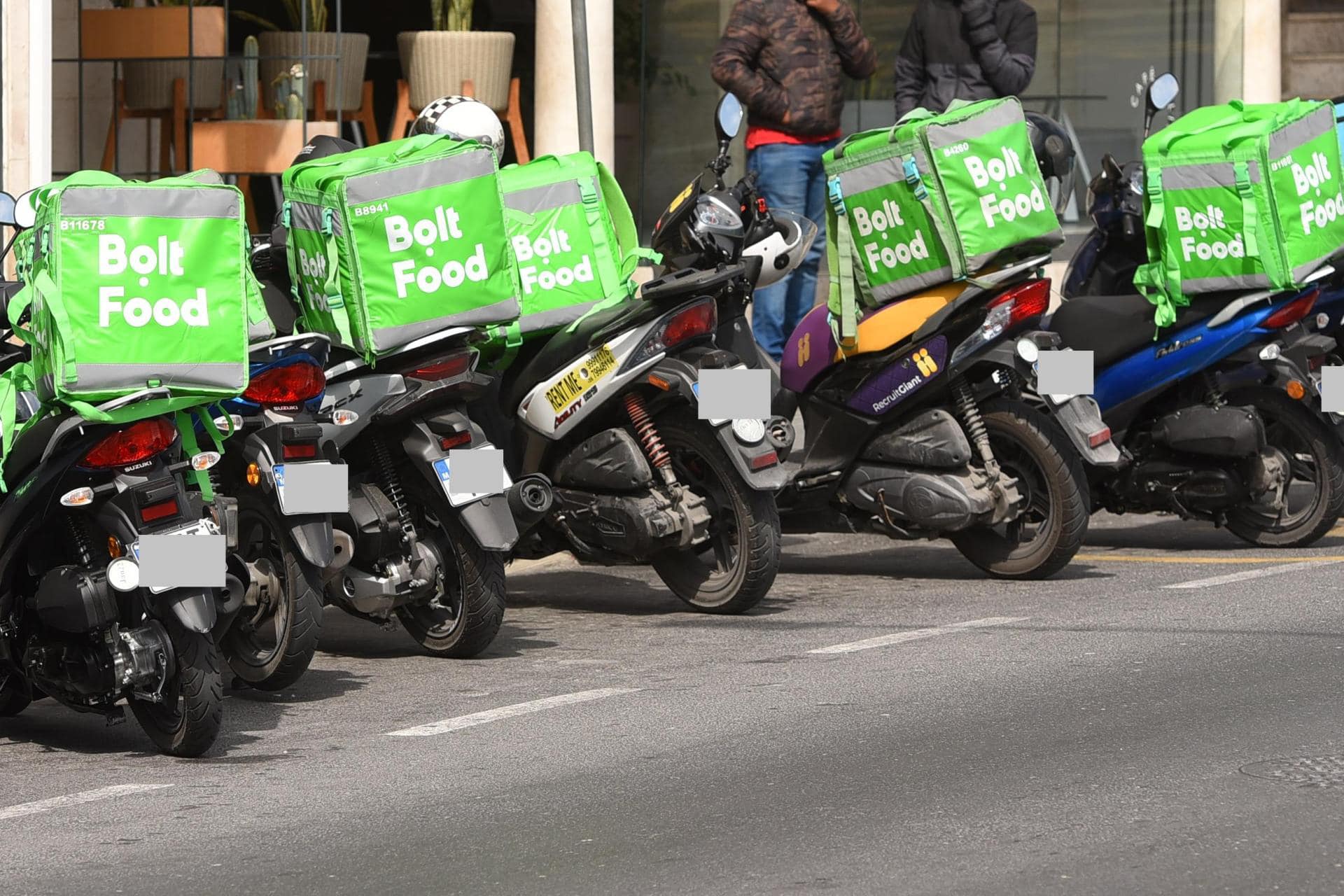In Malta, Good Friday and Easter are not just religious observances – they are cultural cornerstones that also significantly shape the country’s food and retail industries.
For many businesses, especially those rooted in tradition, preparations begin weeks – if not months – in advance to meet the seasonal demand for cherished local products.
BusinessNow.mt asked three local businesses – Roger’s Bakery, Ta’ Pavia Confectionery, and Maypole Bakery – how they prepare for the Easter season.
Ricotta or anchovies?

The Żejtun Good Friday procession is one of the most renowned in Malta, known for its elaborate costumes and lengthy duration. But another crowd favourite during the event is Roger’s pastizzi. Parked just behind the church, the pastizzi van draws a steady queue of people waiting to grab a pastizz to enjoy as the solemn procession passes by.
Therese Demanuele from Roger’s Bakery notes that preparations begin as early as a month before Good Friday. The bakery, known for its traditional savoury pastries, adapts its menu to reflect the significance of the day. “Here at Roger’s Bakery we start preparing for this period from a month before. On Good Friday, we only sell pastizzi tal-inċova (pastizzi with anchovy filling) and ricotta pastizzi, since pea pastizzi contain meat.” However, she notes that the pastizzi with anchovy filling are the most popular on the day.
As Good Friday is a day of abstinence from meat for many, this attention to detail highlights how religious observance continues to influence consumer habits.
The sweet that’s OK to eat at Lent

Rodney Pavia from Ta’ Pavia Confectionery shares that his team begins preparing for Easter as early as the end of February, focusing primarily on ‘karamelli tal-ħarrub’ – a traditional Maltese sweet made from carob.
“We start preparing for Easter season at the end of February, and our best-selling product is our ‘karamelli tal-ħarrub’” he says, adding that it’s a family tradition. “My father started making them in the 90s, and they require a lot of work. If I want, I can sell them all year long, but I choose to keep them for this season only.” For Mr Pavia, keeping the sweet seasonal adds to its cultural and emotional value.
‘We start as early as December’
Meanwhile, at Maypole Bakery, the scope and scale of Easter preparations are particularly striking. A representative from Maypole explains that planning starts as early as December, with actual preparations kicking off in January. “From a production perspective, planning starts as early as December, while actual preparation begins in January. During this time, we also begin forecasting the required materials.”
Unlike Christmas, Easter’s date changes each year, requiring a flexible production timeline. Maypole marks the beginning of the season on Ash Wednesday with the production of kwareżimal, a Lent-appropriate sweet. “At the same time, we begin producing the small figolli, specifically intended for those observing the 40-day Lent period without indulging in sweets,” the representative says. These smaller treats offer a brief indulgence during an otherwise restrained season.

Production is carefully staged to avoid overwhelming the market and to meet demand efficiently. Week by week, different sizes of figolla are introduced, from small to large. “The majority of large figolli are sold during Easter week and the week leading up to it,” they note, adding that each one takes roughly two weeks to prepare due to the time required for baking, garnishing, and packaging.
When it comes to customer preferences, tradition remains king. “On the sweet side, kwareżimal and the figolla remain iconic favourites,” the Maypole representative shared. Similarly, savoury options like ‘Qagħaq tal-Appostli’ and meat-free pies continue to be seasonal staples. However, modern twists are making their way into Maltese Easter tables. Items like the pistachio figolla and ‘Il-Borża ta’ Ġuda’ (sweet ricotta qassata) are gaining traction, reflecting changing tastes and family structures. “With families often being smaller than in the past, items like figollini are now favoured as they better cater to smaller households.”
Across the board, these businesses show that Easter in Malta is as much about continuity as it is about adaptation.
Whether it’s limiting product offerings to respect religious traditions or innovating with new recipes to meet changing demands, Maltese bakeries and confectioners are deeply attuned to the spirit of the season – one anchored in heritage, yet open to evolution.
Gozo business groups avoid direct comment on Portelli’s approved Xlendi ‘tower’
The development was approved yesterday
Cloudflare suffers second major outage in a month, knocking global platforms offline
The outage comes amid scheduled maintenance at Cloudflare’s Detroit data centre
New advisory group formed to address migrant labour challenges in Malta’s ride-hailing and delivery sectors
'Effective migration governance requires collective action'






